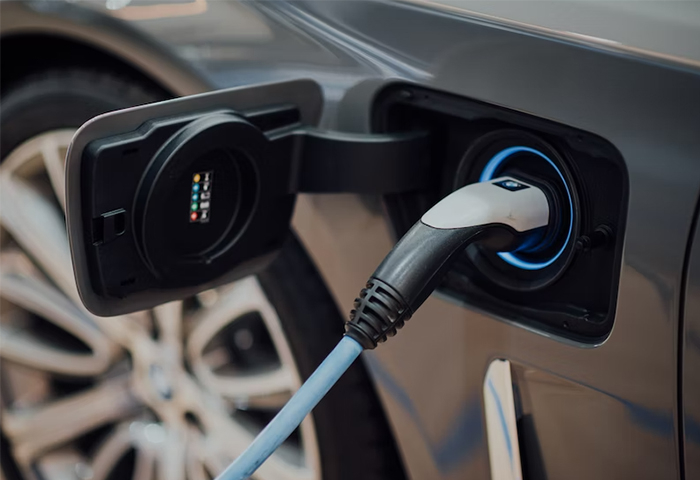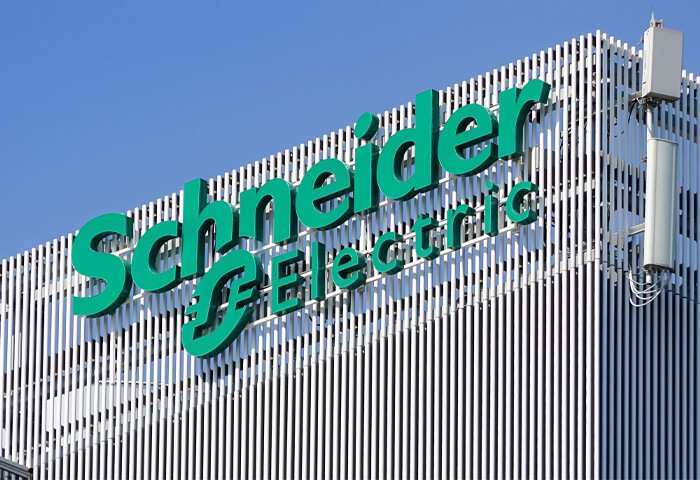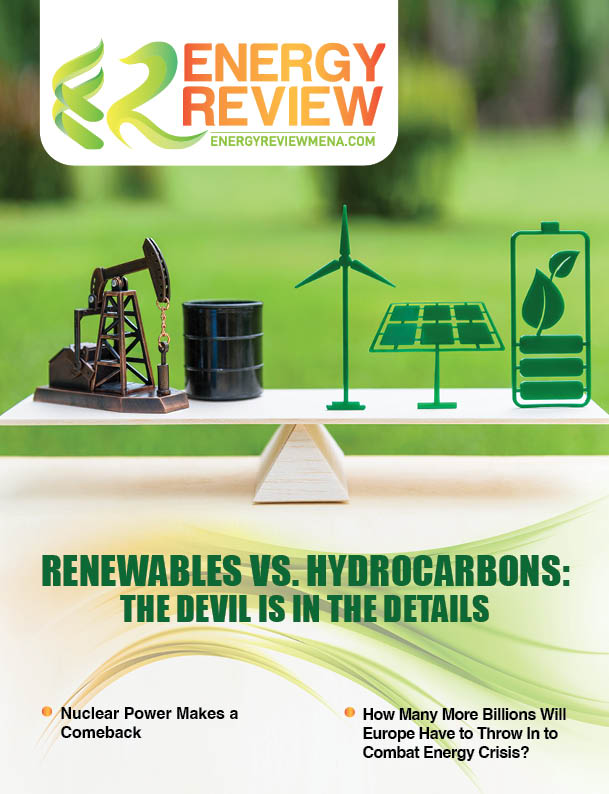Many around the world have started to feel that the “future is battery.” And the meteoric rise in popularity of electric car makers like Tesla and others is proving the point.
Two million electric cars were sold worldwide in the first quarter of 2022, up 75% from the same period in 2021, according to IEA’s latest edition of the annual Global Electric Vehicle Outlook. The report further notes that the sales of electric cars (including fully electric and plug-in hybrids) doubled in 2021 to a new record of 6.6 million, representing close to 9% of the global car market, with weekly sales bigger than the whole of 2012.
The primary reasons for strong electric car sales can be attributed to sustained policy support, with the overall public spending on subsidies and incentives doubling in 2021 to nearly $30 billion. Many countries have ambitious vehicle electrification targets for the coming decades, and many carmakers have plans to electrify their fleets – ambitions that go beyond policy targets.
Capitalizing on the government-incentivized demand, BYD, China's top electric vehicle producer, is opening its first production hub in Southeast Asia in Thailand. The plant's annual capacity is expected to be 150,000 units and will be exported to ASEAN countries and Europe.
China, Europe and the United States account for roughly two-thirds of the overall car market but around 90% of electric car sales. In most emerging economies, however, electric vehicles are not yet quite affordable. Both top Japanese automakers Toyota and Honda are investing $5.3 billion and $4.4 billion, respectively to make EV batteries in US and Japan in the near future.
Where’s the Charger?
EVs need their batteries charged to run. Hence, the infrastructure readiness is an important component in the adoption of electric mobility, including the number, distribution, and quality of public charge points. Identifying this paradigm shift in the car market with demand for EVs over ICE along with their commitments to shift to alternate energy systems, energy companies are wasting no time seizing an opportunity to grow into the EV charging infrastructure market. Taking their 2017 momentum of acquiring New Motion, an EV charging network operator and battery developing company Ample, Shell’s full subsidiary Deutschland GmbH, recently signed a deal with Schaltbau Holding AG to buy a 100% stake in SBRS GmbH, a wholly owned subsidiary of Schaltbau Holding AG. SBRS GmbH is a leading provider of charging infrastructure solutions for commercial electric vehicles, including e-buses, e-trucks and e-vans. Shell says the buyout will enable it to provide more end-to-end charging solutions to business customers to electrify and decarbonize their fleets, from depot charging equipment to charge point management, supplying clean energy throughout. Shell plans to operate over 500,000 charge points for electric cars globally by 2025. Currently, it operates over 100,000 such charge points at homes, businesses, Shell retail sites and destinations. In addition, it offers access to over 300,000 additional charge points through its roaming networks.
Similarly, British Petroleum (BP) acquired the mobile EV charging company Freewire Technologies with plans to roll out 50 kW chargers at several BP fueling stations. Bp invested $20 million in battery developer start-up Storedot and bought UK’s largest EV charging network provider, Chargemaster, in an eye-popping $170 million deal. Other energy companies are also trying their hand in the charging segment.
ADNOC Distribution has provided access to EV charging for a lower carbon energy future in addition to developing an advanced green fuels portfolio.
Other EV Charging retailers operating in the UAE include ABB, Schneider Electric, Siemens and Eaton among others. The UAE has one of the biggest charging-station-to-vehicle-ratios in the world.
Most EV charging stations in benchmark market like Norway are still managed by private operators. However, a dense public infrastructure is a prerequisite for customers increases EV usability. It is also a precondition to reach customer segments without private parking and charging opportunities (whose demand for EV will reduce the share of home charging in the future)
How Much Charging Is Needed?
Judging by the way the market is trending, we stand to see many more charging stations pop up like mushrooms globally.
Closer to home, in April 2022, the Ministry of Finance of the Government of Saudi Arabia (MOF) struck a deal with Lucid Group, an American electric vehicle manufacturer headquartered in Newark, California, to purchase at least 50,000 and potentially up to 100,000 Lucid vehicles over the next ten years.
As part of its Net Zero by 2050 commitments, the Abu Dhabi Department of Energy developed its regulatory policy for electric vehicle charging infrastructure in the emirate. The policy sets out the stipulations and criteria for establishing a network of electric vehicle charging stations across the UAE capital, including rules for ownership, installation and management of Electric Vehicle Supply Equipment (EVSE), the electricity supply to EVSE and the pricing mechanism for end customers.
Similarly, Dubai’s “Green Charger” initiative launched by DEWA to provide charging stations for EVs in various parts of Dubai supports the emirate’s efforts to provide innovative and environmentally friendly solutions in line with the Dubai Green Mobility Strategy 2030. Over 325 Green Charger stations with more than 530 charging points have been installed across Dubai as of yet.
Bumpy Road Warning
The price difference between EVs and internal combustion engine (ICE) cars is getting narrower. Power Technology Research shows the global number of EV passenger vehicles will touch 60 million by 2026, with 35% of the contribution of the active fleet coming from the EMEA region. EVs are likely to represent about half of the annual sales of global vehicles by 2030.
According to latest market findings, the UAE EV market is currently in the early stages and forecast to grow at a CAGR of 30% between 2022 and 2028. Passenger vehicles constitute around 95% of the EV market in the UAE due to an increase in rental car services and the limited scope for commercial vehicles in transport and logistics. The UAE Vision 2021 aims to convert 20% of government agency cars to EVs and further reach 42,000 EVs on its streets by 2030.
However, a murkier picture lies on the horizon. The production of EVs could face challenges as a result of supply chain disruptions and the scarcity of the raw materials that go into making them.
According to a report published by the Cobalt Institute, EVs surpassed smartphones and other high-tech devices for the first time in 2021 as the main driver of cobalt demand, with the sector consuming 59,000 tonnes of battery metal, or 34% of the total globally. One of the biggest challenges for EV manufacturers has been the lack of battery metals. Since the beginning of last year, prices for cobalt, nickel, lithium and copper have skyrocketed, with cobalt prices nearly tripling. To compensate for cobalt and nickel use, battery-makers are using lithium-iron-phosphate chemistry minus cobalt and nickel, which has resulted in higher demand for lithium, pushing prices up almost 500% in one year. The scarcity of lithium and other raw materials stands to limit battery production and could offset the global strategy to expand the EV sector. Benchmark Mineral Intelligence has maintained that “Longer-term, the lithium market is likely to remain tight this decade, but become more balanced by around 2026.”
The use of EVs is a viable option that could support the reduction of GHG emissions and help achieve the goal of net zero by 2050. However, unless sufficient planning and investments are made to accelerate the availability of the raw materials critical for EV manufacturing, the energy companies’ growth in the charging infrastructure market could face an uphill climb.









